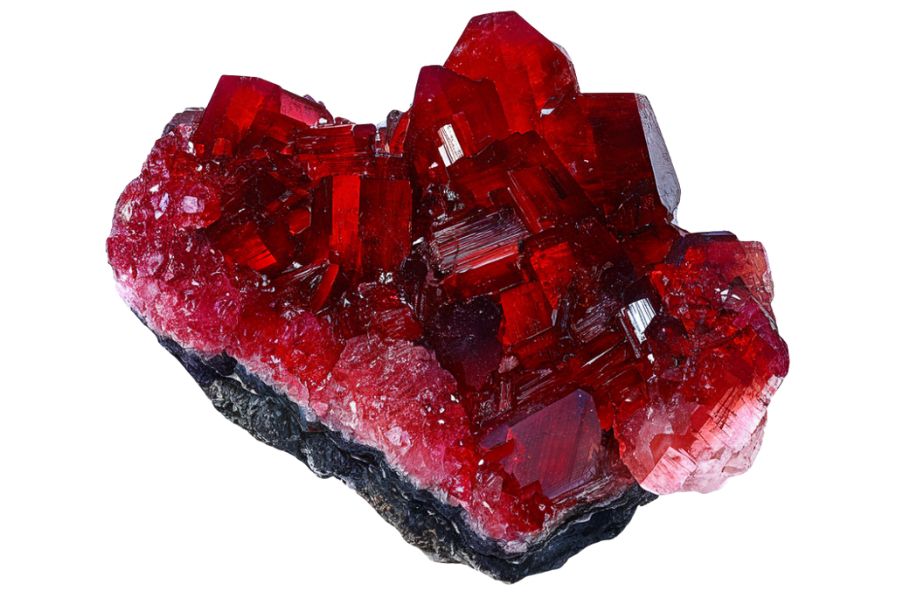Garnets are beautiful red stones that show up in several parts of Oregon. They shine with a deep color that catches your eye right away. Getting your hands on these gems can be a thrill for both new and long-time rock hunters.
Oregon has rocky areas where garnets form over time. The state’s hills, streams, and old mining spots often have these stones. Sometimes they’re easy to see, and other times you need to dig a bit to find them.
This guide will point you to spots where garnets tend to appear more often. We’ll cover places from the eastern side of the state to the coast. Some areas might take a hike to reach, while others are pretty close to main roads. Let’s explore where you can find these red gems across the state.
How Garnet Forms Here
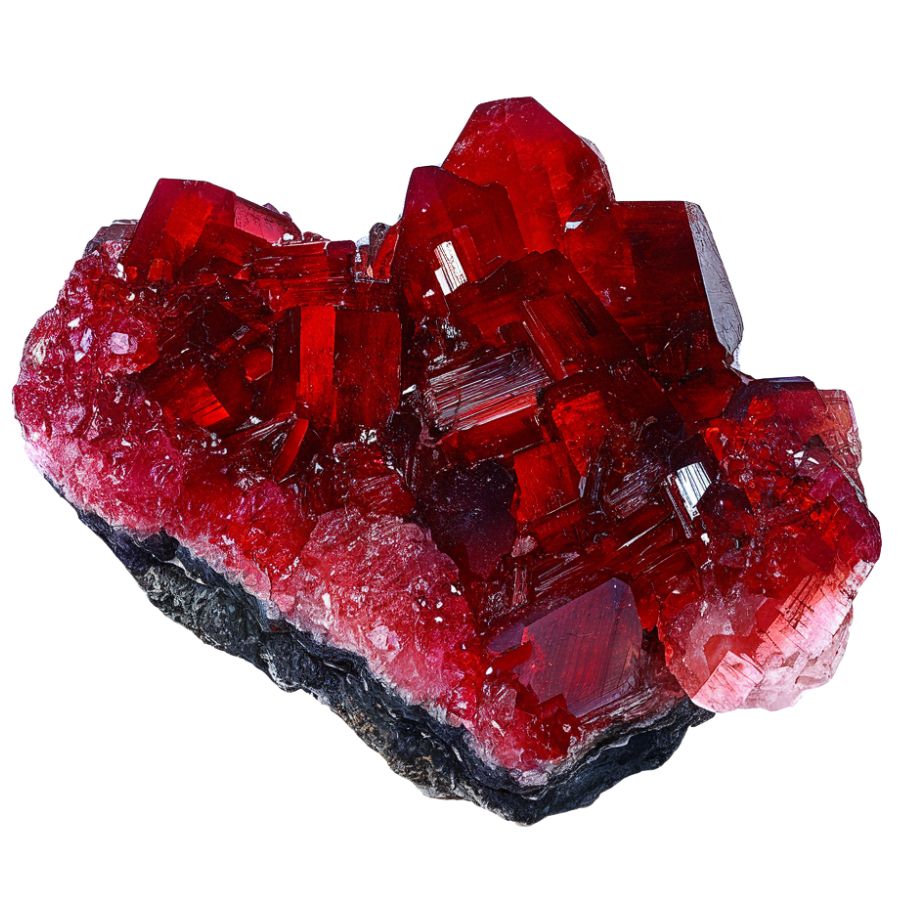
Garnet forms deep underground when rocks get squeezed and heated during metamorphism. Think of it like baking cookies – but instead of dough, you’ve got minerals like aluminum, iron, and silica getting cooked under intense pressure.
When these minerals reach temperatures around 400-700°C, they start rearranging their atoms into garnet’s distinctive crystal structure.
What’s cool is that garnets often grow by pushing other minerals out of the way! That’s why they form those perfect geometric shapes.
Most garnets need high pressure too, which is why they’re usually found in rocks that were once buried miles beneath the surface. The slower they grow, the bigger and clearer they become – some taking millions of years to reach their full size.
Types of Garnets
Garnets are captivating gemstones that showcase an impressive range of colors and varieties, each determined by their unique chemical composition. Understanding these differences helps in identifying the stone’s value.
Almandine Garnet
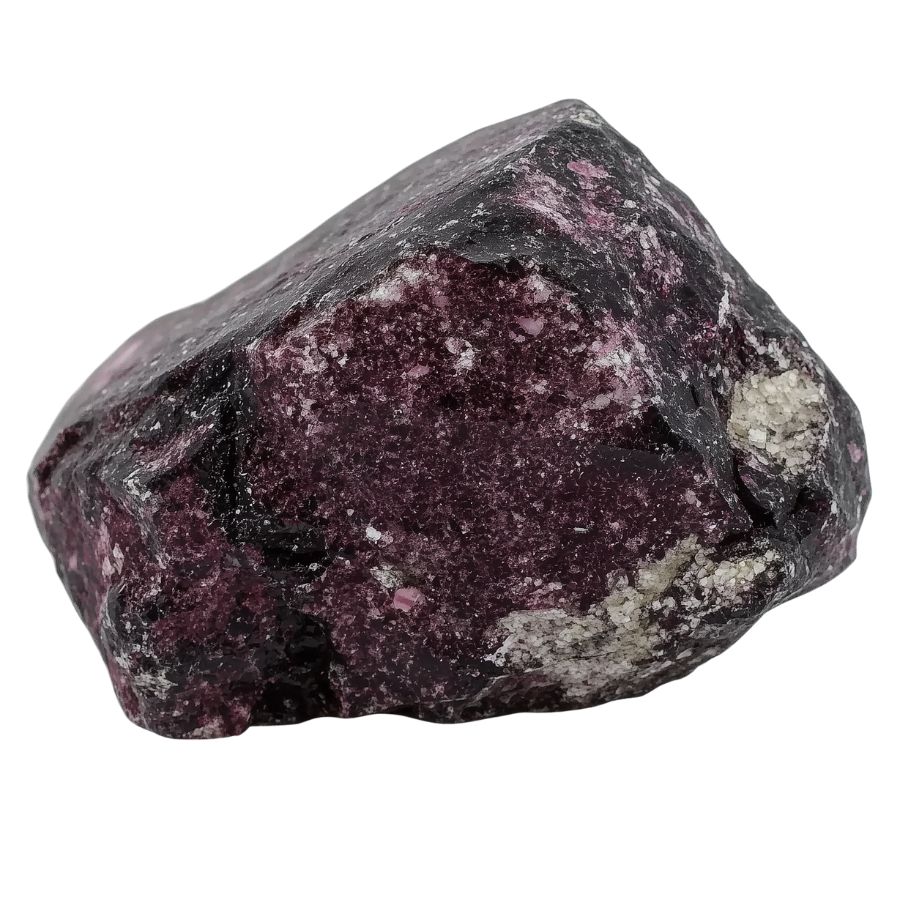
Almandine garnet stands out with its rich, deep red to reddish-brown color. The stone sometimes shows hints of orange or brown, making each piece unique. Its color intensity remains consistent throughout the stone, creating a beautiful depth that catches the eye.
The crystal structure of almandine follows a perfect cubic pattern, forming well-defined shapes with smooth faces. This symmetry contributes to its striking appearance and helps light bounce through the stone evenly.
What makes almandine special is its high iron content, which gives it a higher specific gravity than other garnets. This means it feels slightly heavier in your hand compared to similar-sized stones. Its refractive index of 1.74 to 1.83 creates excellent brilliance and fire.
Most almandine garnets are remarkably clear, though some may contain natural inclusions that create interesting patterns. These patterns can add character to the stone without affecting its overall beauty or durability.
Pyrope Garnet
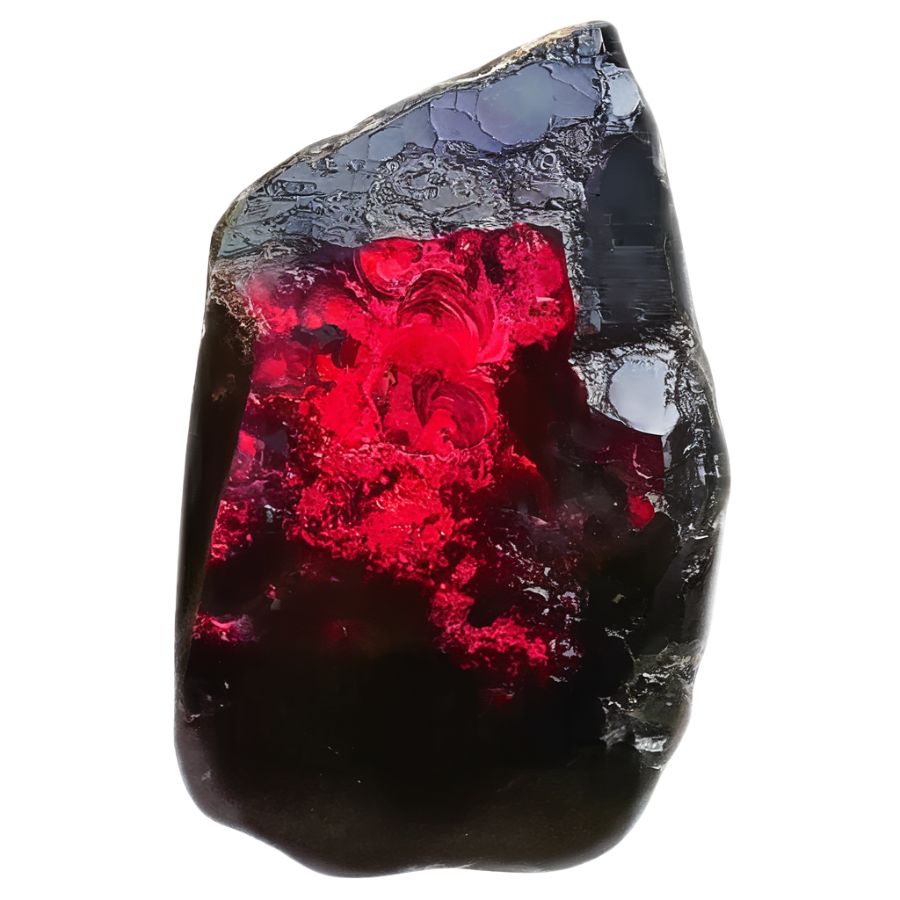
Pyrope garnet captivates with its intense red-to-purplish-red color. The color is so pure and vibrant that some specimens have earned the nickname “Cape Ruby.”
This stone has excellent clarity, rarely showing visible inclusions. When present, some inclusions can create a fascinating star effect called asterism, where a six-pointed star seems to float on the surface.
The stone appears especially vivid when cut into clean, geometric shapes that maximize light return.
Some pyropes show a subtle color shift, appearing slightly different under natural and artificial light. This subtle change adds to their charm and makes each stone unique.
Their exceptional clarity and lack of internal flaws make them particularly appealing to collectors.
Spessartine Garnet
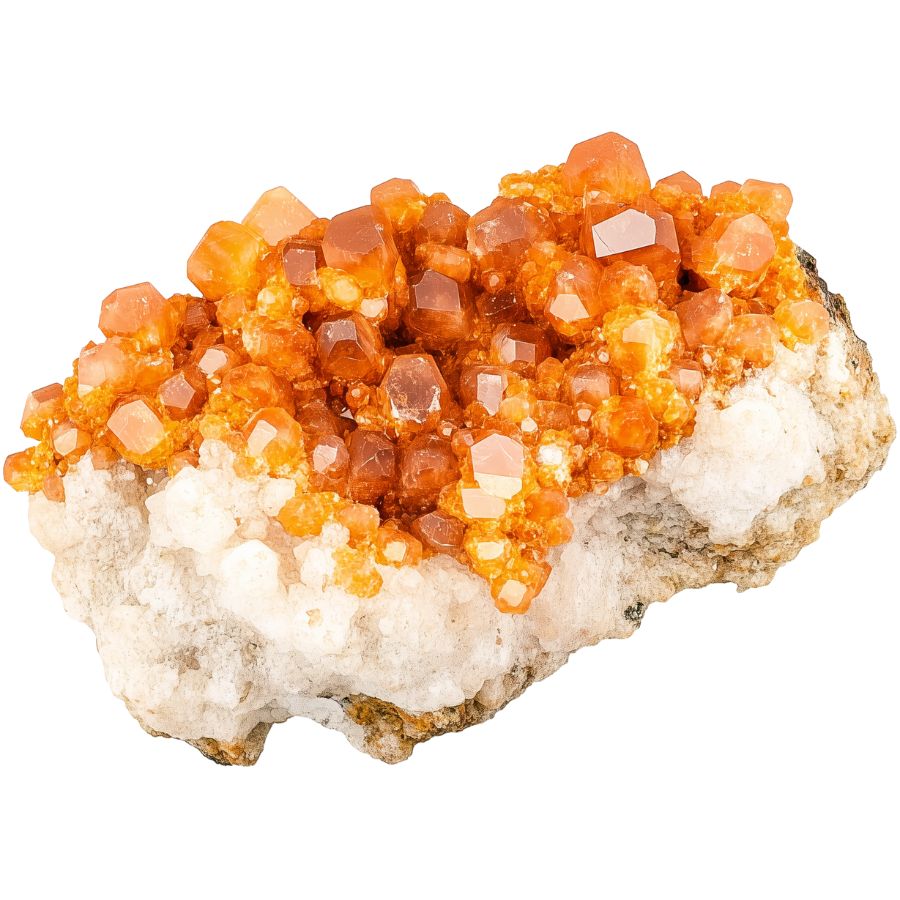
Spessartine garnet showcases a stunning range of orange colors, from bright mandarin to deep reddish-orange. The most valued pieces display a pure, vivid orange. This distinctive coloring comes from manganese in its chemical makeup.
When cut properly, spessartine exhibits bright flashes of light and exceptional sparkle. Some stones show a subtle “sugar-like” texture that creates a soft, internal glow.
Pure spessartine is rare in nature, making high-quality specimens particularly valuable. Most stones contain trace elements that create subtle color variations.
The stone’s transparency ranges from completely clear to slightly cloudy. Clear specimens are highly prized, but some collectors prefer stones with slight cloudiness that creates an interesting depth effect.
Andradite Garnet
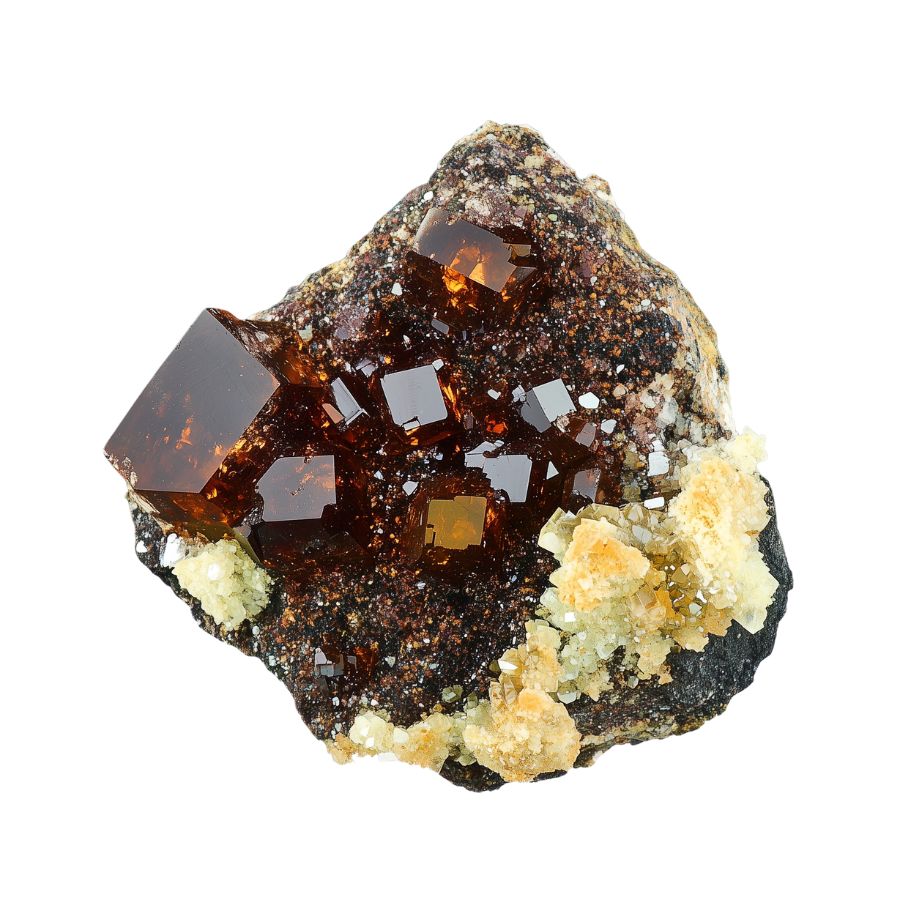
Andradite garnet displays the widest color range of all garnets. Colors span from bright green to yellow, brown, and black. The green variety, known as demantoid, is particularly treasured for its brilliant, emerald-like color and exceptional sparkle.
This stone has the highest dispersion rate of all garnets, even higher than diamond. This means it breaks light into rainbow colors more effectively, creating fascinating fire and brilliance.
Some andradite garnets contain unique internal features called “horsetail” inclusions. These fine, needle-like patterns are actually desired by collectors and add to the stone’s value.
The stone’s surface has a bright, glass-like luster that enhances its natural beauty. Some specimens exhibit unique optical features such as asterism (star-like patterns) and chatoyancy (cat’s eye effect), which further enhance their visual appeal.
Grossular Garnet

Grossular garnet comes in an amazing range of colors – from green and yellow to pink, orange, and even colorless. The most striking feature is the presence of internal swirls and streaks that create unique patterns within each stone.
The stone’s surface has exceptional brilliance that rivals expensive gems like emeralds. Light bounces through it beautifully, creating bright flashes and sparkles.
A special variety called Mint Garnet glows under ultraviolet light, creating an otherworldly effect. This unusual property makes it particularly interesting to collectors. The stone’s clarity is typically excellent, with few visible impurities.
The presence of trace elements like chromium and vanadium creates its varied colors. These elements mix in different amounts, resulting in subtle color variations that make each stone unique.
Some pieces show color zoning, where different shades blend together in distinct patterns.
Uvarovite Garnet
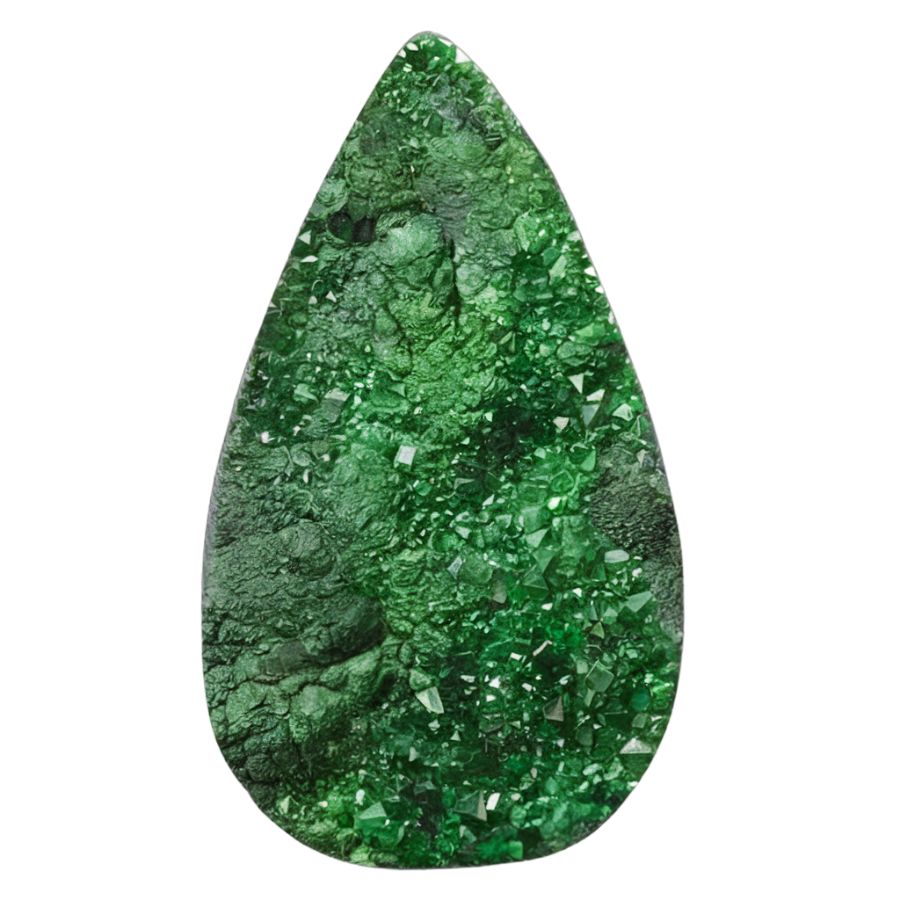
Uvarovite garnet displays a striking emerald-green color that remains consistent in all specimens. Unlike other garnets, where green hues may arise from chromium impurities, uvarovite’s green is inherent to its composition.
Instead of forming large crystals, uvarovite typically grows in clusters of tiny crystals. These clusters, called druzy, create sparkling surfaces that look like green sugar coating the rock beneath.
Under ultraviolet light, it shows an unexpected red glow, adding another layer of interest for collectors. This fluorescence is a unique feature not commonly found in other garnets.
These stones rarely grow large enough for traditional gem cutting. However, their natural crystal formations are so beautiful that they’re often left in their original state. The tiny crystals catch light from multiple angles, creating a dazzling display.
Rhodolite Garnet
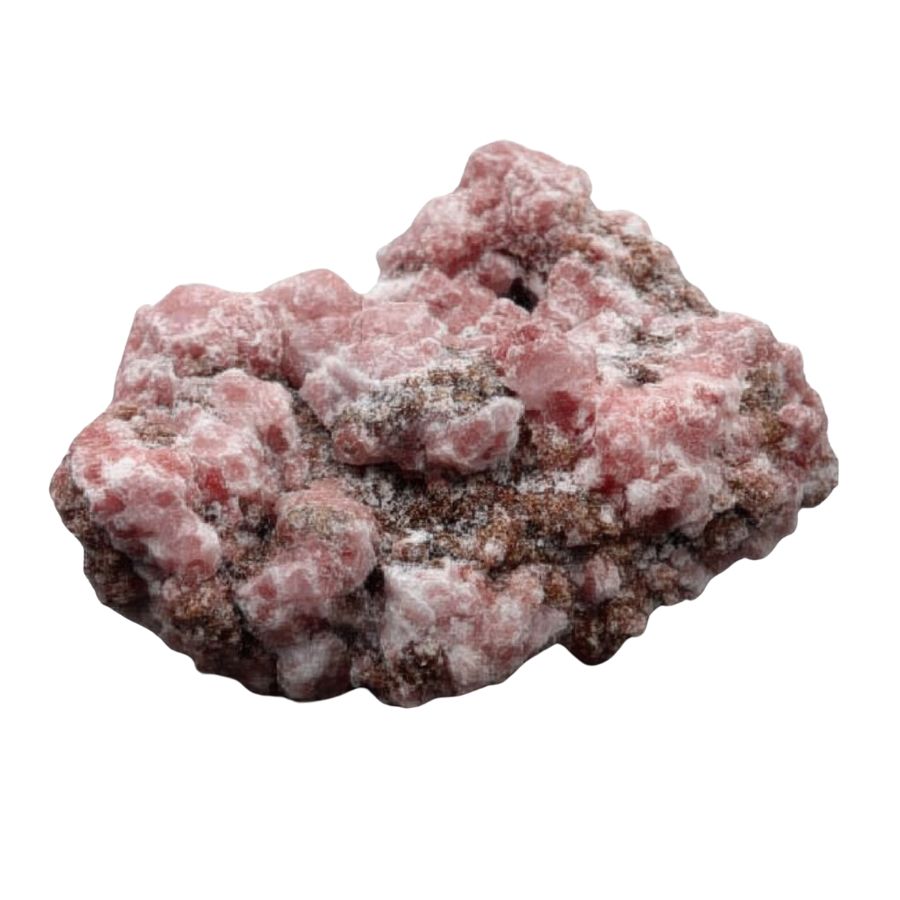
Rhodolite garnet stands out with its beautiful purple-red to raspberry-pink colors. The colors can shift between purple and red depending on the lighting, creating an interesting play of hues. This color range makes it distinctly different from the deeper reds of other garnets.
The stone’s clarity is typically excellent, with very few internal features visible to the naked eye. The surface has a glass-like shine that enhances its natural beauty.
What makes rhodolite special is its mixed composition of two different garnet types. This mixture creates its unique color range and optical properties. The stone often shows stronger color saturation in its center, fading slightly toward the edges.
Rhodolite garnet is particularly valued for its vibrant colors that can mimic more expensive gemstones like rubies and amethysts, making it a popular choice among collectors and jewelers alike.
Hessonite Garnet
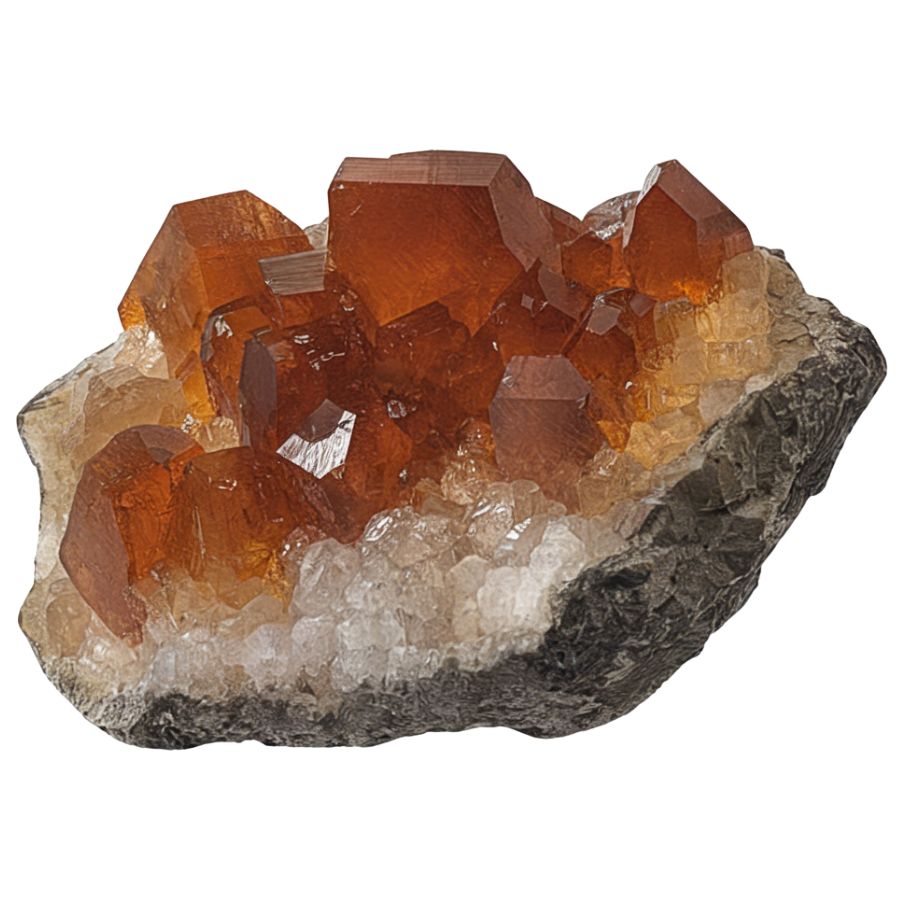
Hessonite garnet showcases warm honey-to-cinnamon colors, ranging from golden yellow to deep reddish-brown. Some pieces display hints of purple, creating complex and appealing color combinations.
Inside the stone, you might find interesting patterns created by tiny needle-like crystals. Unlike many gems where inclusions reduce the value, these internal features are appreciated in Hessonite. They create unique patterns that make each stone one-of-a-kind.
The stone’s transparency varies from crystal clear to slightly cloudy. This variation can create interesting effects, especially when light passes through the stone. Some pieces show a subtle glow that seems to come from within.
High-quality hessonite stones are relatively uncommon, especially in larger sizes. Their warm colors and unique internal features make them particularly interesting to collectors.
Tsavorite Garnet
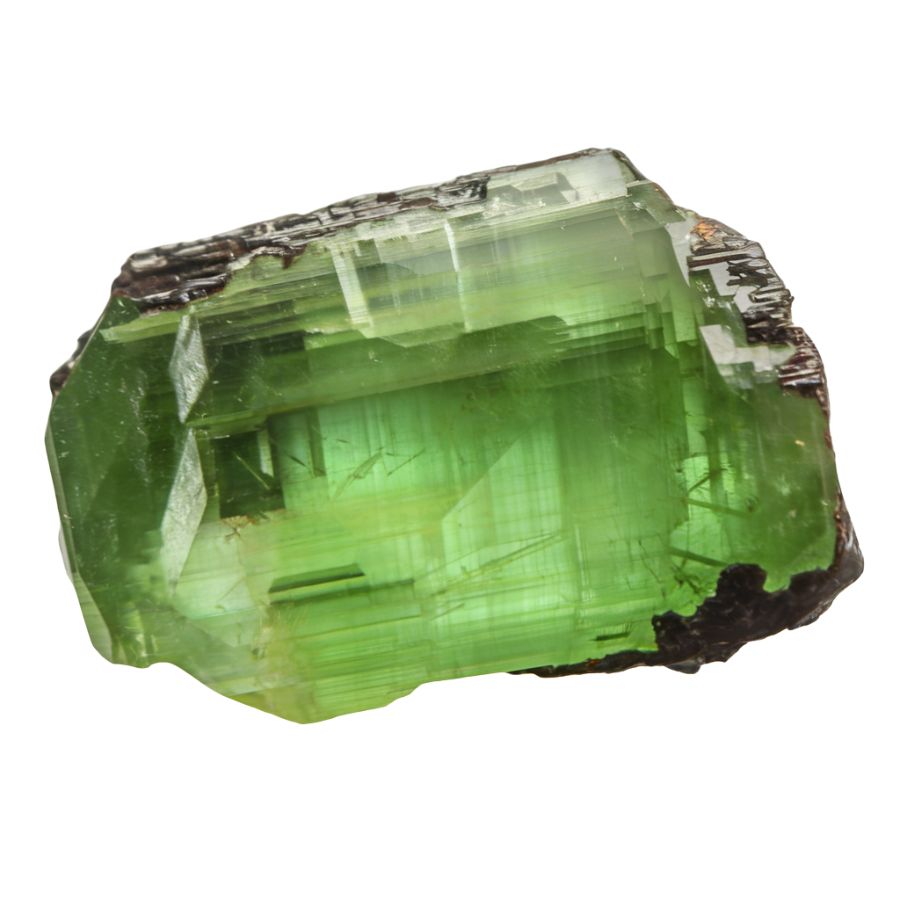
Tsavorite garnet displays a brilliant green color that ranges from bright lime to deep forest green. This stunning color comes from tiny amounts of chromium and vanadium in the stone.
The green is so pure and vibrant that it often matches or surpasses the color of fine emeralds. The surface has a glass-like shine that makes the stone look alive with movement.
Each tsavorite has its own personality in terms of color depth and brightness. Some stones show subtle color changes under different lighting, while others maintain a consistent deep green.
Star Garnet
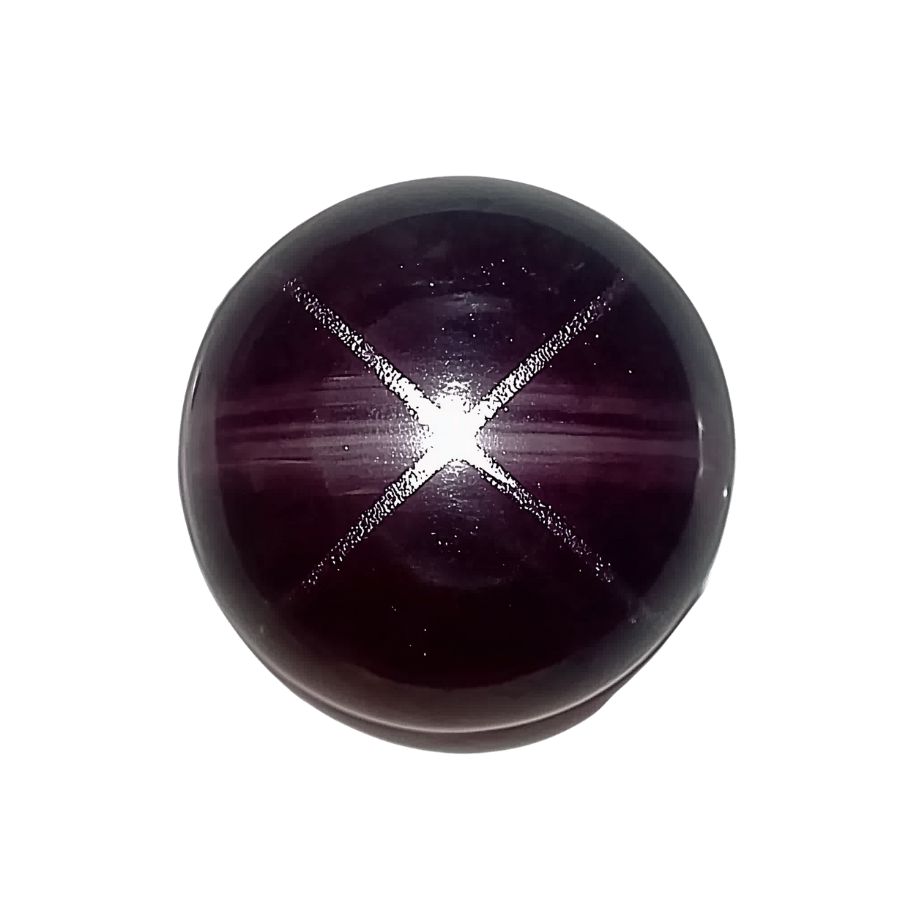
Star garnet shows a fascinating light pattern that looks like a star floating on its surface. This effect, called asterism, comes from tiny needle-like crystals inside the stone. The star usually has four or six rays that move as you turn the stone under light.
The stone’s color is typically deep red to purple-red, often with brown undertones. When polished into a smooth, rounded shape, the star effect becomes more prominent.
The best specimens show sharp, well-defined star rays against a rich, even background color. These stones are quite special because not all garnets can form stars.
The right conditions during formation must exist for the star effect to develop. The tiny crystals inside must align perfectly to create the star pattern. The star effect is natural and permanent – it won’t fade or change over time.
What Rough Garnets Look Like?
Garnets display unique identifying traits when found in their raw, natural state. Look for these distinguishing features:
Look for Distinctive Angular Shapes
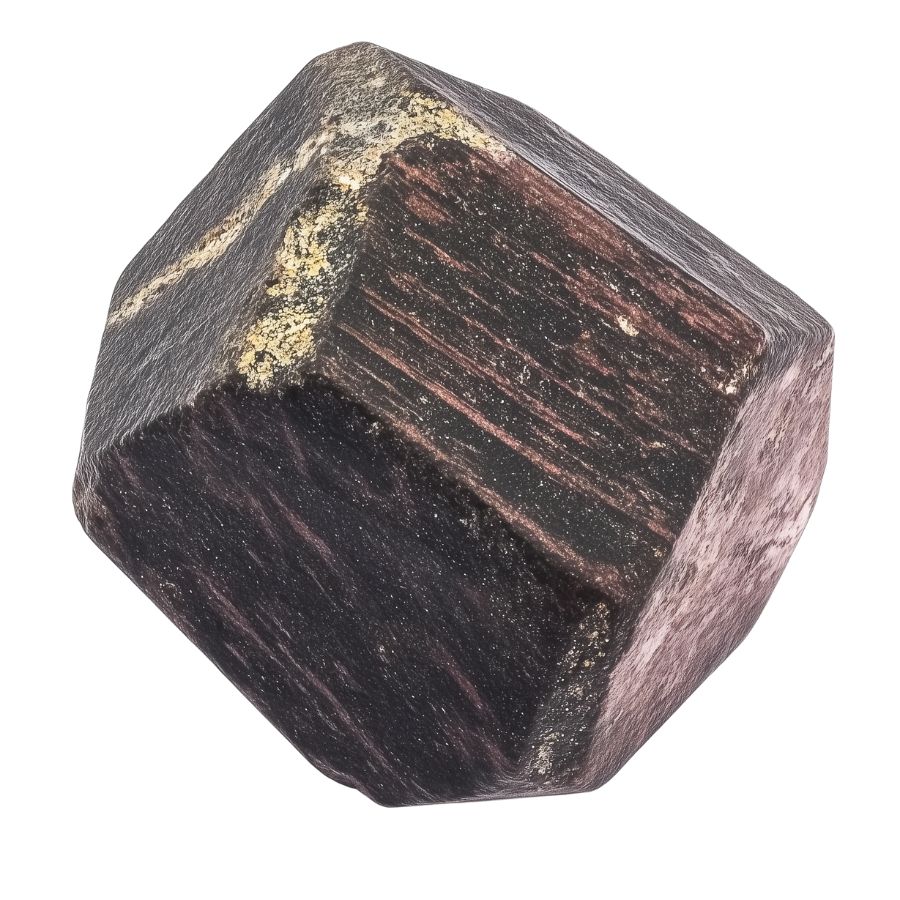
Raw garnet typically forms in dodecahedral or trapezoidal crystal shapes. Think of it like tiny, naturally-formed geometric shapes.
Unlike smooth river rocks, rough garnets have sharp edges and flat faces. Even when broken, they tend to maintain these angular patterns. You’ll often spot them as chunky, block-like crystals that look like they’ve been roughly carved.
Check the Color Range and Transparency
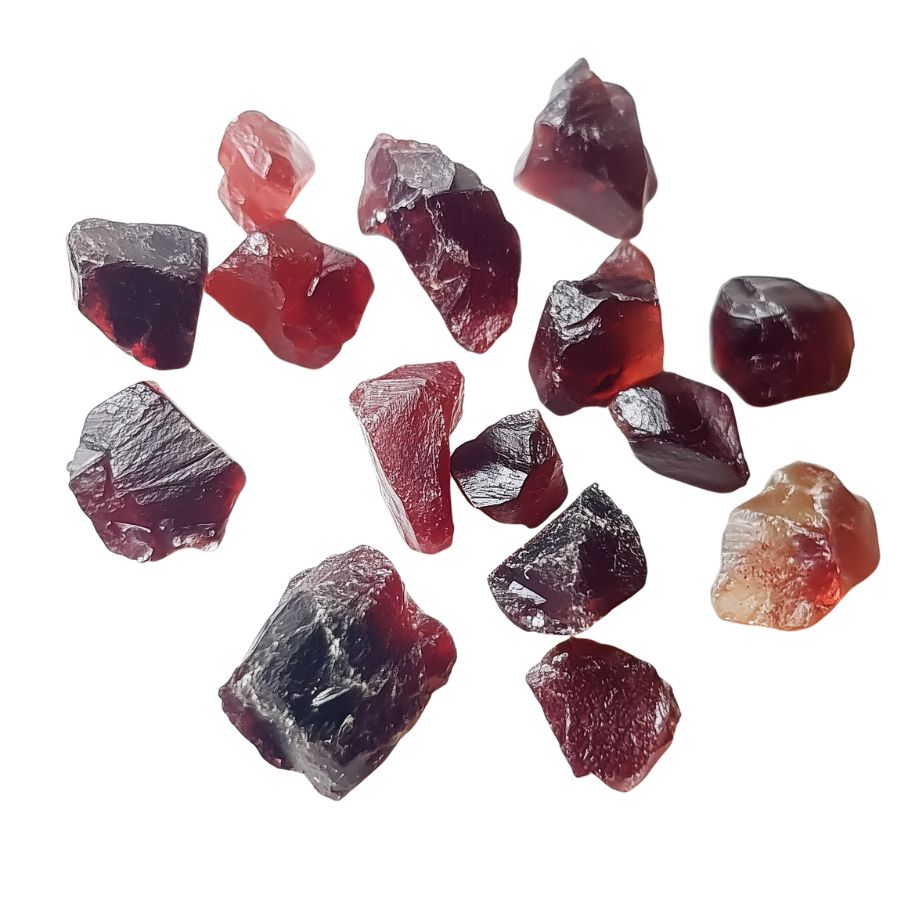
Garnets aren’t just red! Look for deep wine colors, but also keep an eye out for orange-brown, green, or even black varieties.
Hold it up to light – rough garnets often show some translucency at the edges, even if the center seems opaque.
Examine the Surface Texture
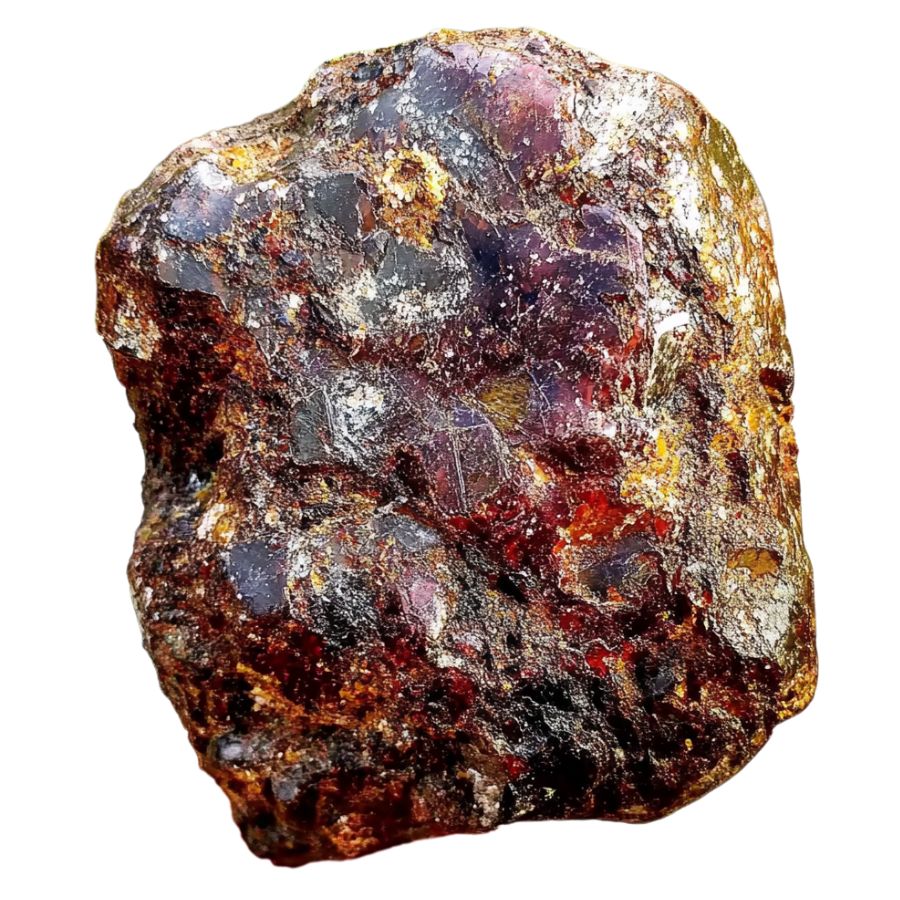
Raw garnets have this unique, almost greasy-looking surface luster. Not shiny like glass, but more like wet plastic.
Run your finger over it – you should feel a smooth yet slightly waxy texture. If it’s been weathered, the surface might be slightly pitted or rough, but you’ll still see that characteristic luster in protected areas.
Test the Hardness and Toughness
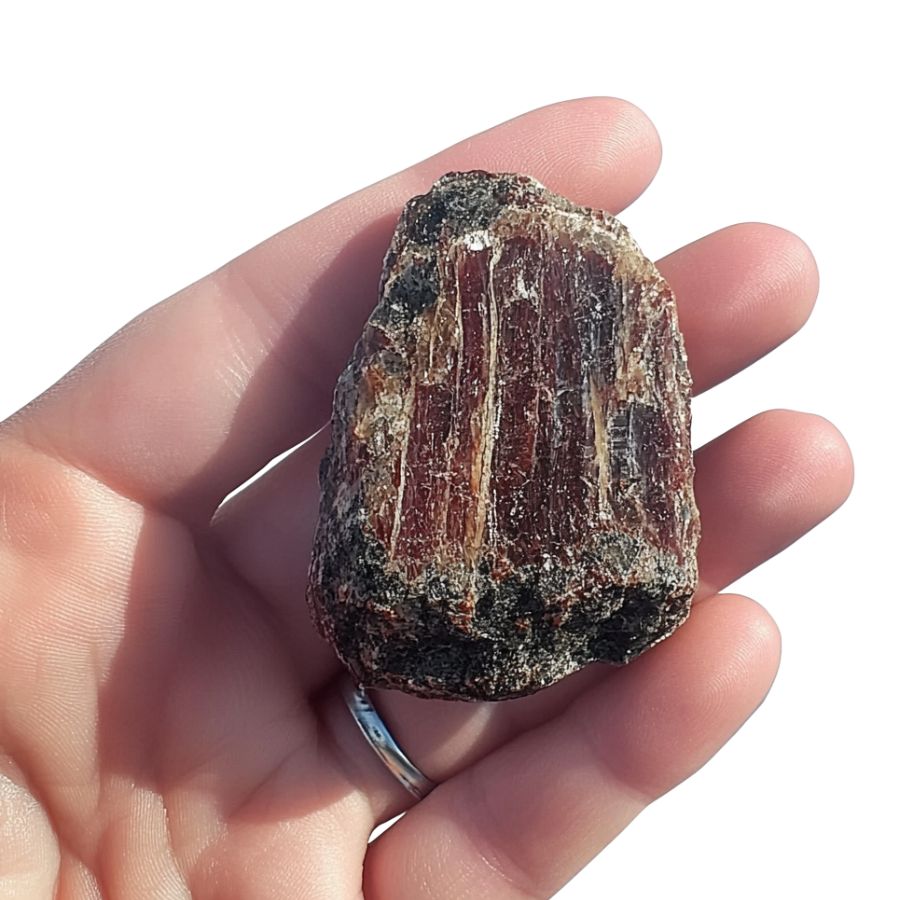
Here’s a quick field test: garnets can easily scratch a penny but won’t scratch quartz. They’re surprisingly heavy for their size – noticeably heavier than a similar-sized piece of quartz or feldspar. Don’t be fooled by lighter stones that look similar!
A Quick Request About Collecting
Always Confirm Access and Collection Rules!
Before heading out to any of the locations on our list you need to confirm access requirements and collection rules for both public and private locations directly with the location. We haven’t personally verified every location and the access requirements and collection rules often change without notice.
Many of the locations we mention will not allow collecting but are still great places for those who love to find beautiful rocks and minerals in the wild without keeping them. We also can’t guarantee you will find anything in these locations since they are constantly changing.
Always get updated information directly from the source ahead of time to ensure responsible rockhounding. If you want even more current options it’s always a good idea to contact local rock and mineral clubs and groups
Tips on Where to Look
To increase your chances of finding garnets, focus your search on these favorable areas:
Metamorphic Rock Outcrops

Look for dark-colored metamorphic rocks, especially schist and gneiss. These rocks often have visible layers or bands.
Garnets appear as dark red or brownish-red crystals embedded in the rock. Common near hiking trails and road cuts where metamorphic rocks are exposed.
Stream Beds & Gravel Banks
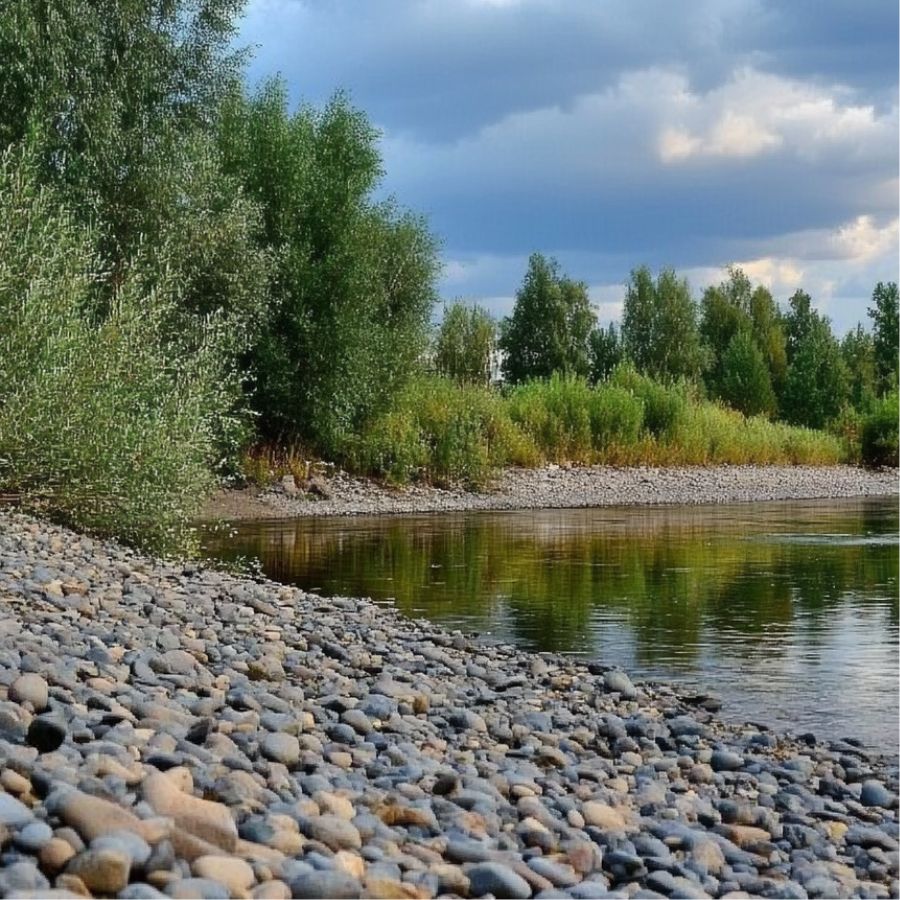
Check gravel deposits in streams, especially after heavy rains. Garnets are heavier than most minerals, so they concentrate in stream bends where water slows down.
Use a pan or sieve to sort through the gravel, keeping an eye out for the distinctive reddish crystals that glimmer when wet.
Pegmatite Areas
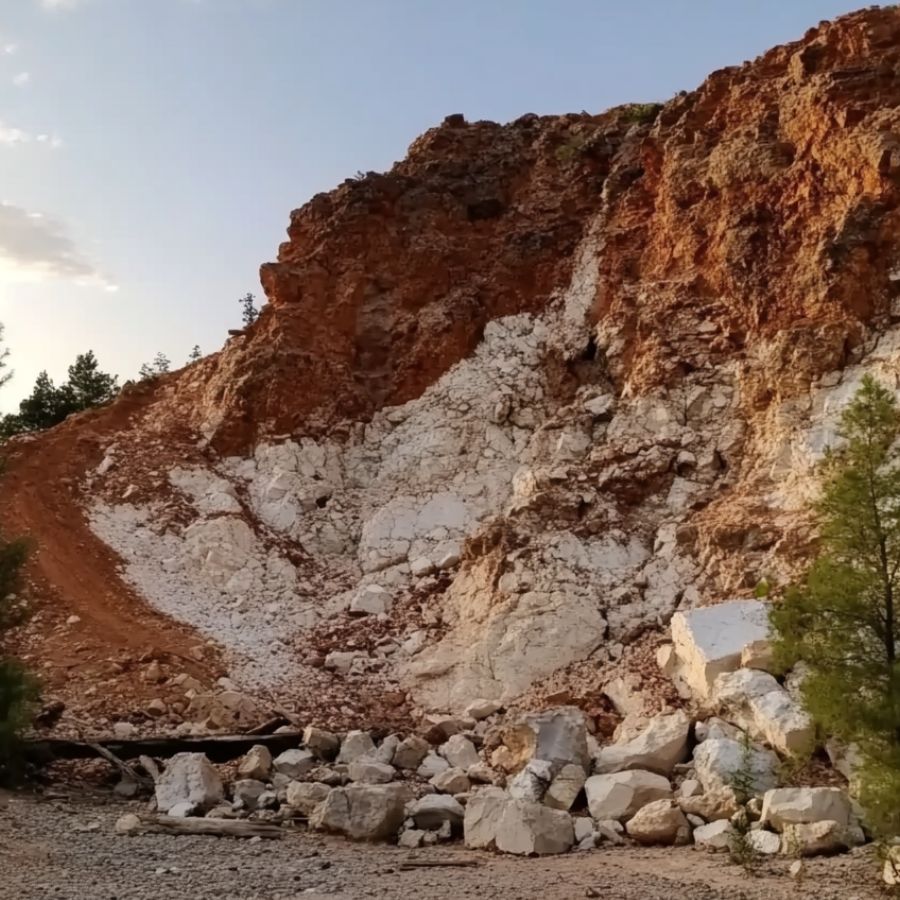
Search around pegmatite formations, which are coarse-grained igneous rocks that sometimes form large crystal pockets where beautiful garnet specimens can be found nestled among other minerals like mica and feldspar.
These areas often have scattered surface rocks and exposed cliff faces that weather over time, releasing garnet crystals.
Old Mining Areas
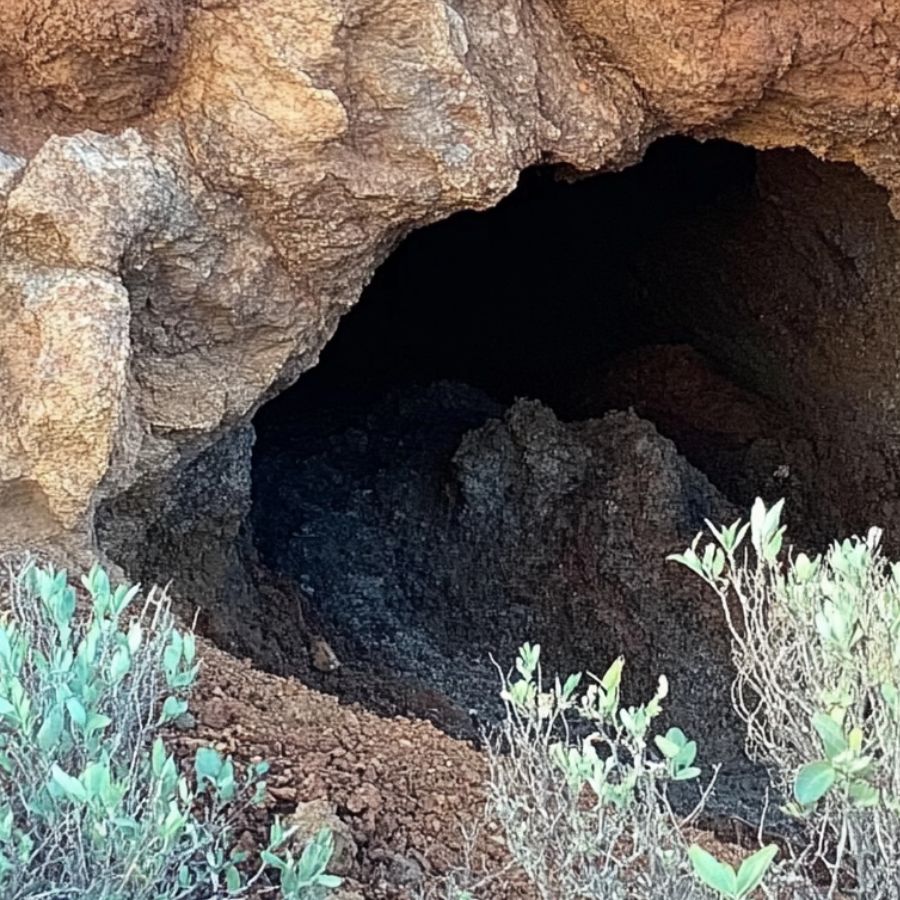
Explore permitted public mining dumps and tailings piles near historical mica or feldspar mines, where garnet was often discarded as a byproduct during past mining operations and can still be found in abundance among the leftover material.
Some Great Places To Start
Here are some of the better places in the state to start looking for garnet:
Always Confirm Access and Collection Rules!
Before heading out to any of the locations on our list you need to confirm access requirements and collection rules for both public and private locations directly with the location. We haven’t personally verified every location and the access requirements and collection rules often change without notice.
Many of the locations we mention will not allow collecting but are still great places for those who love to find beautiful rocks and minerals in the wild without keeping them. We also can’t guarantee you will find anything in these locations since they are constantly changing.
Always get updated information directly from the source ahead of time to ensure responsible rockhounding. If you want even more current options it’s always a good idea to contact local rock and mineral clubs and groups
Wallowa Mountains
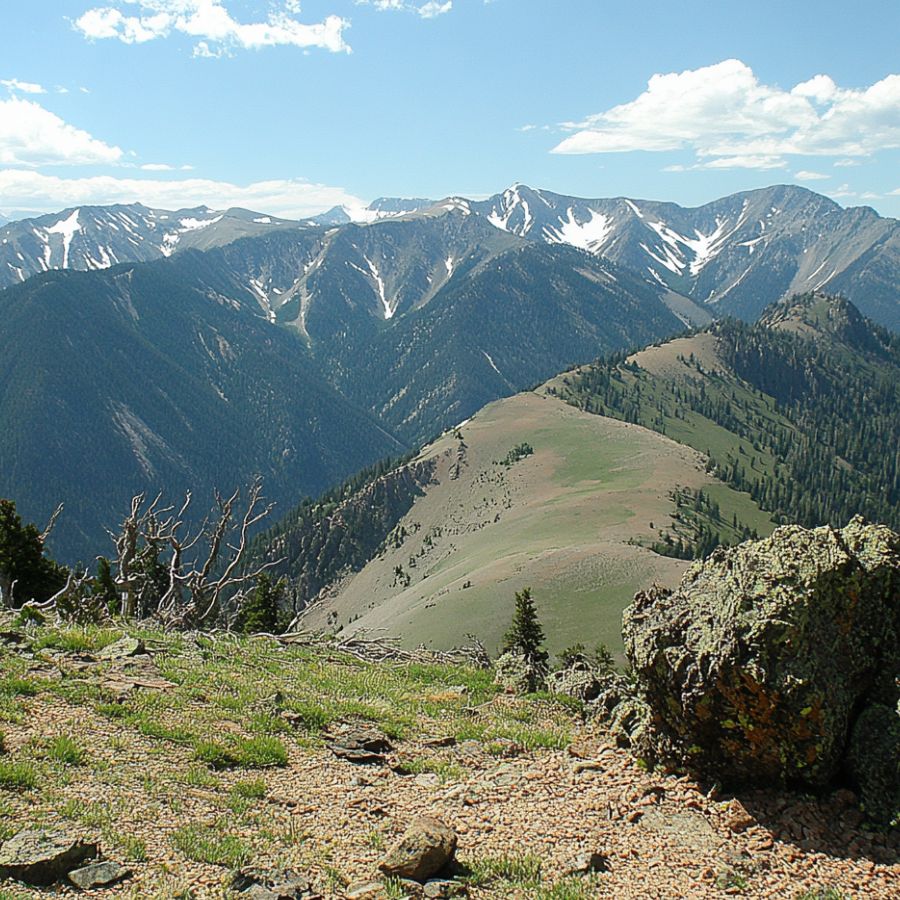
The Wallowa Mountains in northeastern Oregon are a rugged mountain range known as the “Alps of Oregon.” They have tall peaks, deep valleys, and many interesting rock formations. These mountains are part of the Blue Mountains and are known for their beauty and complex geology.
The mountains contain a massive granite formation called the Wallowa Batholith, which formed about 130 million years ago. Around this granite are metamorphic rocks like schist and gneiss. These conditions make the area perfect for garnet formation.
You can find garnets in several spots within these mountains. The Aneroid Lake Area has garnets in skarn deposits where granite touched carbonate rocks. McCully Basin is another good spot with garnets in metamorphic rocks. The Wilson Mine in the Wallowa Range Mining District also has garnets in metamorphosed sedimentary rocks.
The area is best visited in summer when snow has melted and trails are accessible. Streams and creekbeds often contain garnet fragments that have washed down from higher elevations, making them easier to find.
Mount Pisgah
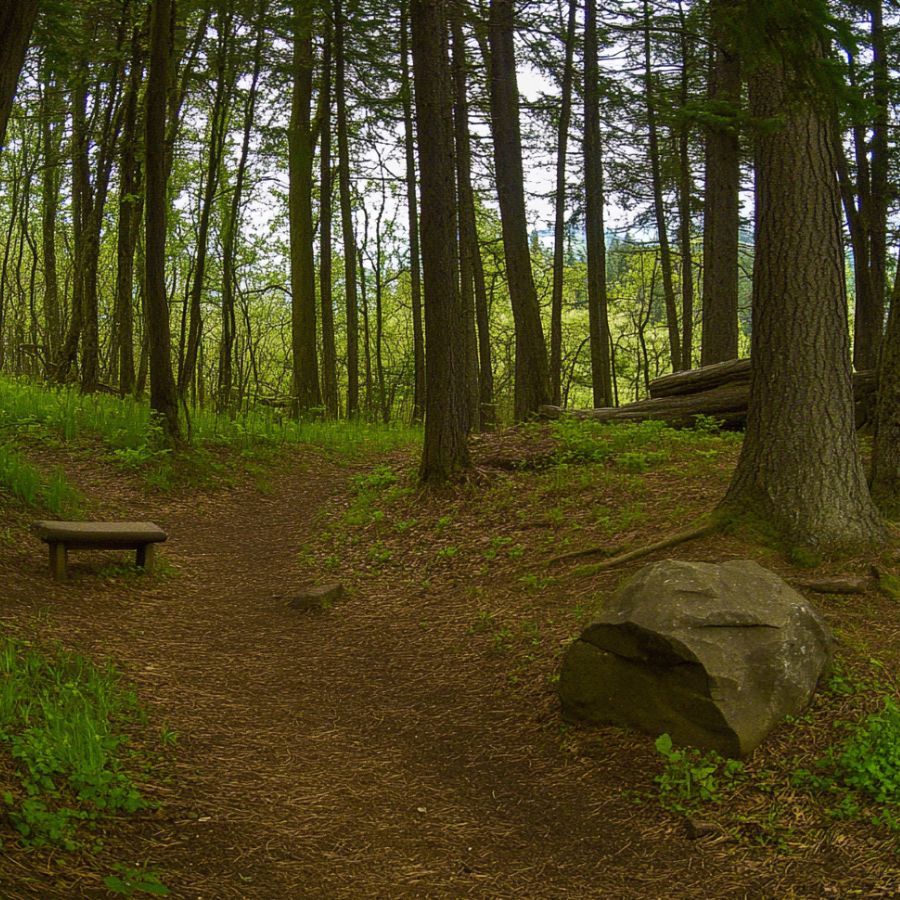
Mount Pisgah rises 1,060 feet above the Willamette Valley in Lane County. This mountain sits between the Coast Fork and Middle Fork of the Willamette River, close to Eugene and Springfield. It’s part of the Howard Buford Recreation Area and includes a 209-acre nature preserve with many trails.
The mountain formed from volcanic activity and contains mostly basalt and diabase rocks. Over time, heat and pressure changed some of these volcanic rocks, creating perfect conditions for garnets to form.
Garnets at Mount Pisgah appear in metamorphic rocks, especially in transformed basalt areas. Look for garnets along the middle-elevation trails where erosion has exposed metamorphic layers. The best spots are on exposed rock faces and outcrops.
Spring and fall are ideal times to search for garnets here, when vegetation is less thick and rain has washed away dirt from rock surfaces. The 1,531-foot summit offers beautiful views of the surrounding valley, making your garnet hunt even more rewarding with its spectacular scenery.
Bandon Area
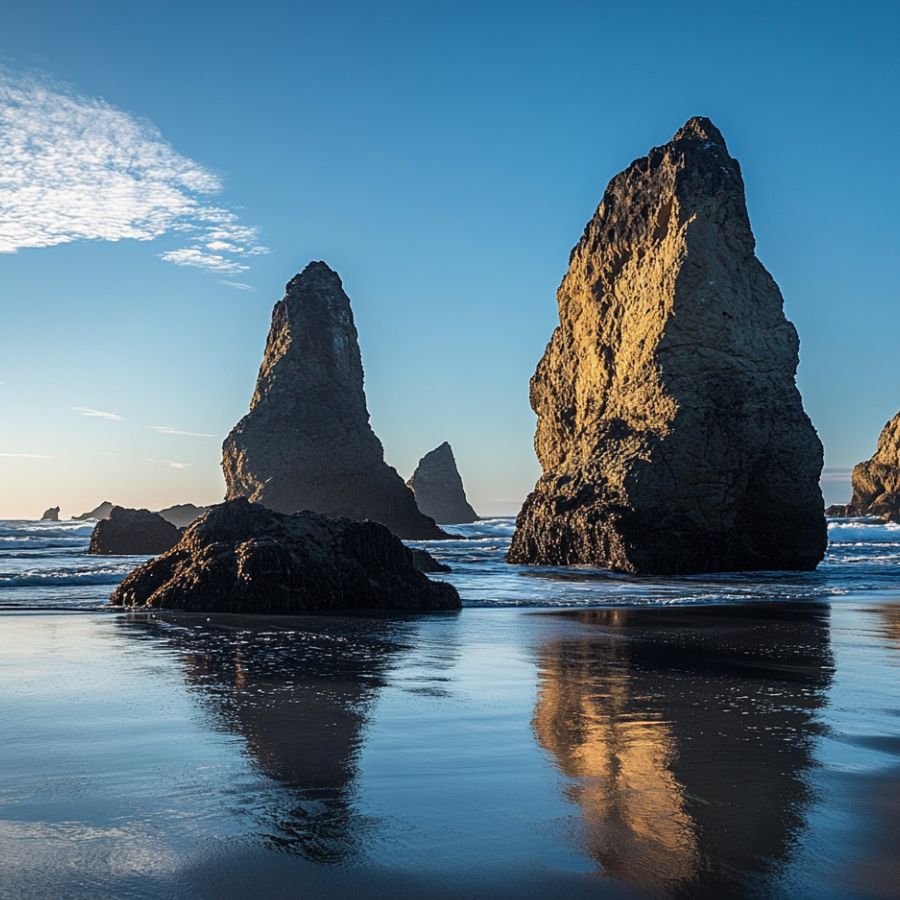
Bandon is a coastal town at the mouth of the Coquille River. The town is famous for its beautiful beaches, dramatic sea stacks, and interesting geology. The shoreline has large blocks of hard rock called “knockers” that stand out from the softer surrounding material.
The beach sands at Bandon contain tiny garnets. These garnets are usually very small (about 0.25mm) and deep red in color. They mix with other heavy minerals in the sand, especially after winter storms that stir up the ocean floor.
Face Rock State Scenic Viewpoint is a prime spot to find these garnet-rich sands. The contrast between the red garnets and other minerals makes the sand look striking. Tupper Rock near Bandon is another good place where garnet minerals have been found.
The best time to look for garnets is after strong winter storms when waves have churned up fresh material. Bring a small magnifying glass to help spot the tiny garnets in the sand. Black sand patches often contain the highest concentration of these little red treasures.
Illinois River
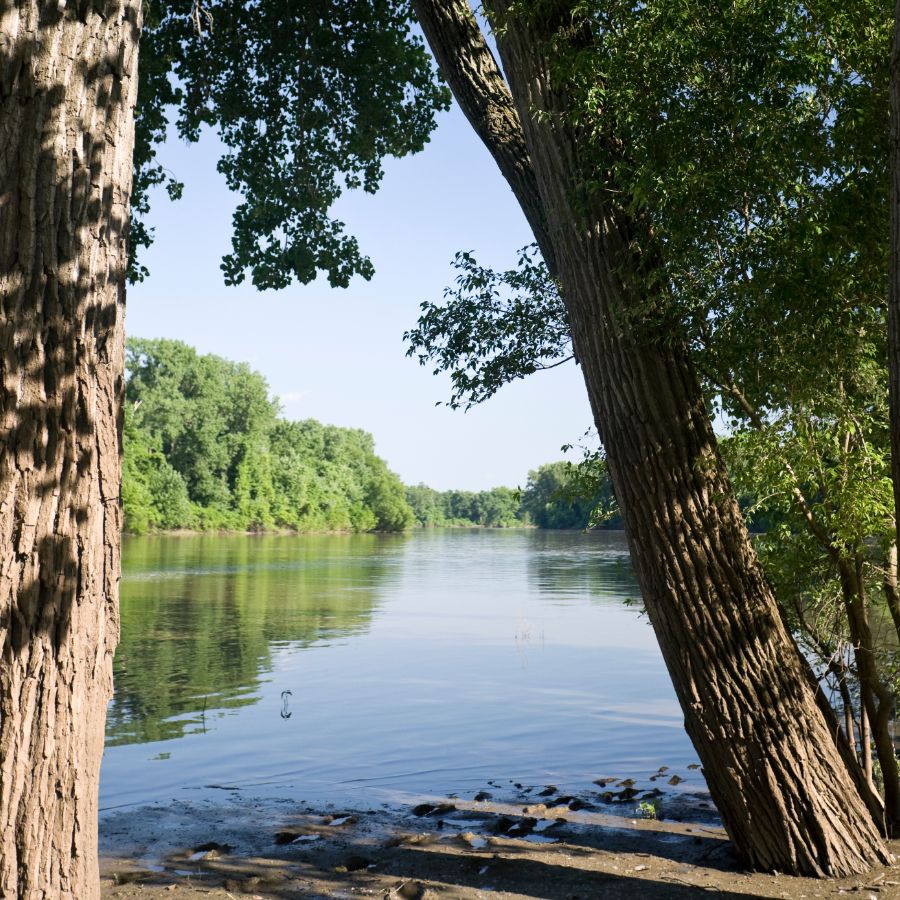
The Illinois River flows through southwestern Oregon’s Kalmiopsis Wilderness. This clear-water river cuts through ancient oceanic crust and ultramafic rocks, creating a paradise for mineral enthusiasts.
Garnet hunters should focus on the river’s gravel bars. These areas often contain what locals call Oregon “jade,” which is actually grossularite garnet. Years of erosion have washed garnets from the surrounding rocks and deposited them in these gravel bars.
Several spots along the river are especially good for finding garnets. The gravel bars near Eight Dollar Mountain have diverse minerals, including garnets. The area around Parker Creek, near the Lime Rock fault zone, has peridotite and serpentine rocks that create good conditions for garnets. Clear Creek also offers promising hunting grounds with its serpentine geology.
White Rock Hills
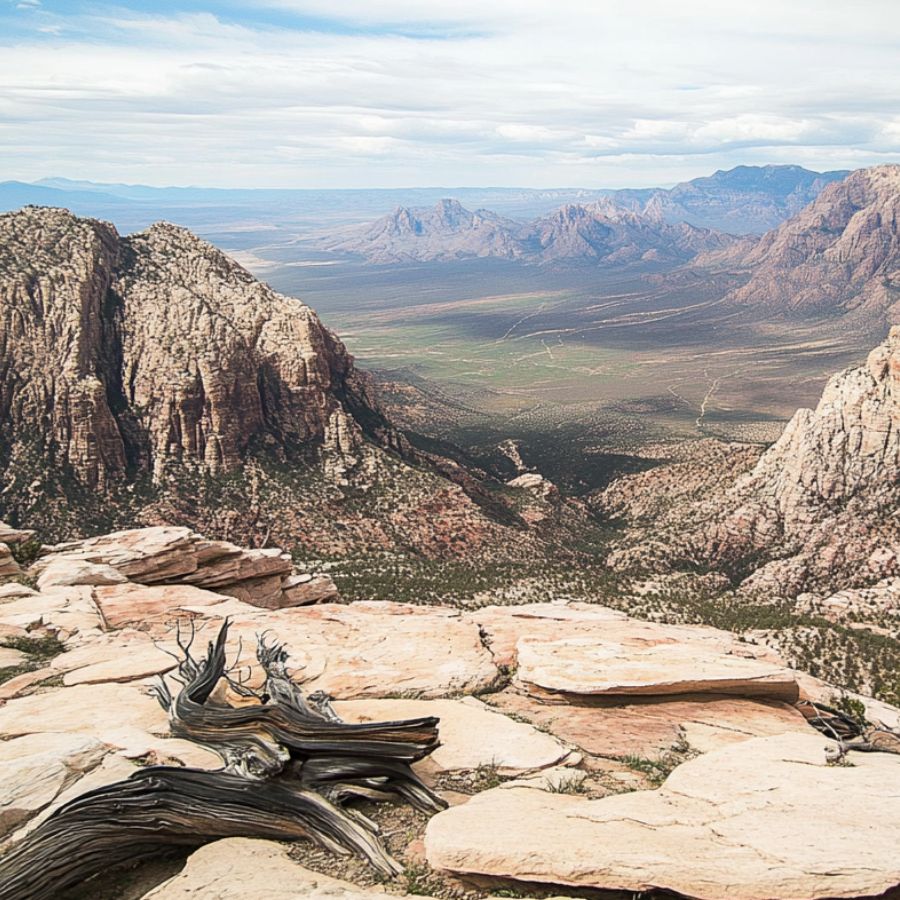
White Rock Hills sits in the Ochoco Mountains of Central Oregon. This area draws rockhounds because of its varied mineral deposits and unusual rock formations. The landscape shows signs of ancient volcanic activity.
Garnets can be found in parts of White Rock Hills where metamorphic rocks like schist and gneiss are exposed. These red minerals formed under intense heat and pressure. Look for garnets where erosion has uncovered metamorphic rock layers.
Most garnets found here are almandine garnets, which have a deep red color and crystal structure. They’re often discovered where water has washed away softer rock material.
The best hunting times are spring and fall when temperatures are mild. After rainstorms is ideal since water helps expose new material. The area’s open terrain and accessible outcrops make it great for both beginning collectors and experienced rockhounds.
Places Garnet has been found by County
After discussing our top picks, we wanted to discuss the other places on our list. Below is a list of the additional locations along with a breakdown of each place by county.
| County | Location |
| Coos | Rose Mine |
| Baker | East Pine Creek Occurrence |
| Baker | Homestead Garnet Mines |
| Jefferson | Polka Dot Agate Mine |
| Wheeler | Lucky Strike Mine |
| Jefferson | Richardson’s Rock Ranch |
| Lake | Glass Butte |
| Morrow | Opal Butte |
| Jackson | Green Springs Mountain |
| Malheur | Owyhee Canyonlands |
| Malheur | Succor Creek State Natural Area |
| Lake | Hart Mountain |
| Lake | Bullard Canyon |
| Lake | Deadman Canyon |
| Coos | Merchants Beach |
| Coos | Whiskey Run Beach |
| Curry | Gold Beach |
| Jefferson | Priday Agate Beds |
| Wheeler | Clarno Fossil Beds |
| Wasco | Antelope Area |
| Wasco | Sunflower Flats |
| Malheur | Warm Springs Reservoir |
| Josephine | Sucker Creek |
| Crook | Eagle Rock Area |
| Crook | Bear Creek Area |
| Crook | Wildcat Mountain Area |
| Lake | Kelly Creek |
| Lake | Crane Creek |
| Lake | Dry Creek Area |
| Linn | Chandler Mountain |
| Linn | Holley Area |
| Linn | Ames Creek |
| Linn | Calapooia River |
| Linn | Crabtree Creek |
| Crook | Mill Creek Wilderness |

